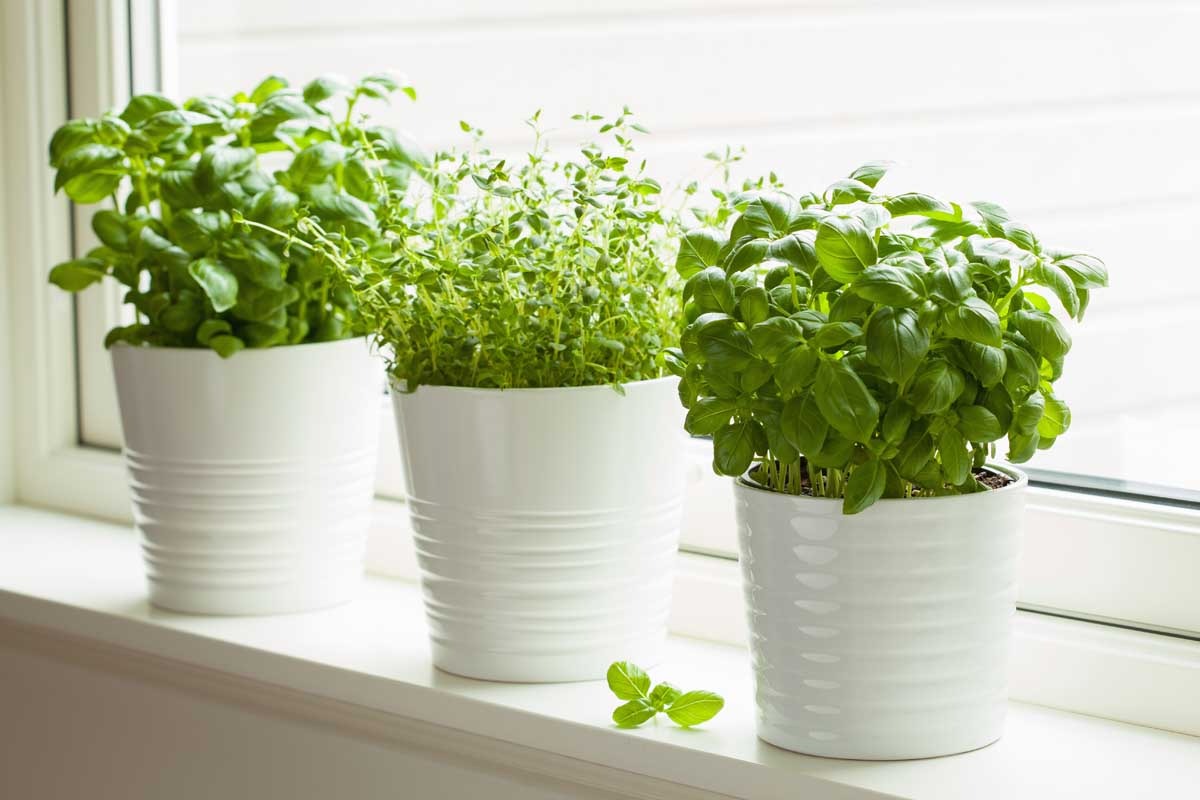Growing herbs indoors provides the convenience of having fresh flavors and medicinal herbs year-round. While some herbs struggle indoors, others thrive, making it essential to start with healthy plants rather than seeds for optimal success.
- Bay (Bay Leaves): Slow-growing initially, bay plants eventually form small bushes. Take an established outdoor plant or start with a young 1- to 2-foot plant for indoor growth.
- Chervil (French Parsley): An annual with taste and appearance similar to anise. Chervil has faint licorice undertones and is an excellent indoor herb.
- Chives: Bulb plants with a delicate onion flavor, related to lilies, onions, and garlic. Grolau chives produce abundantly in windowsill scenarios.
- Cilantro: A versatile spice best started from seed, growing rapidly. Cilantro produces both coriander seed and cilantro leaves. It tends to bolt to seed quickly, making it a bit tricky to grow indoors.
- Dill: An annual herb with feathery green leaves, producing attractive yellow-green flowers. Used commonly for pickling, sow several pots at varying stages for a continuous supply.
- Marjoram: A sweeter and more delicate herb than oregano. Italian marjoram has a unique blend of sweet and spicy. Sweet marjoram is frequently grown indoors.
- Mints: Pungent aromatic perennials, but be cautious as they spread rapidly. Mint varieties like sweet mint, spearmint, peppermint, and chocolate mint grow well indoors with proper care.
- Oregano: Commonly used in Italian and Mediterranean dishes, it can be grown throughout North America. Oregano remains productive for 2–3 years.
- Thyme: A perennial herb suitable for every herb and vegetable garden. French or Lemon thyme varieties are excellent for indoor growth, needing minimal care.
Returning Herbs Outdoors: As winter wanes and spring approaches, gradually acclimate the herbs back outdoors. Place them outside on warm days for longer periods until they can be left in their summer homes when the warm weather returns.
